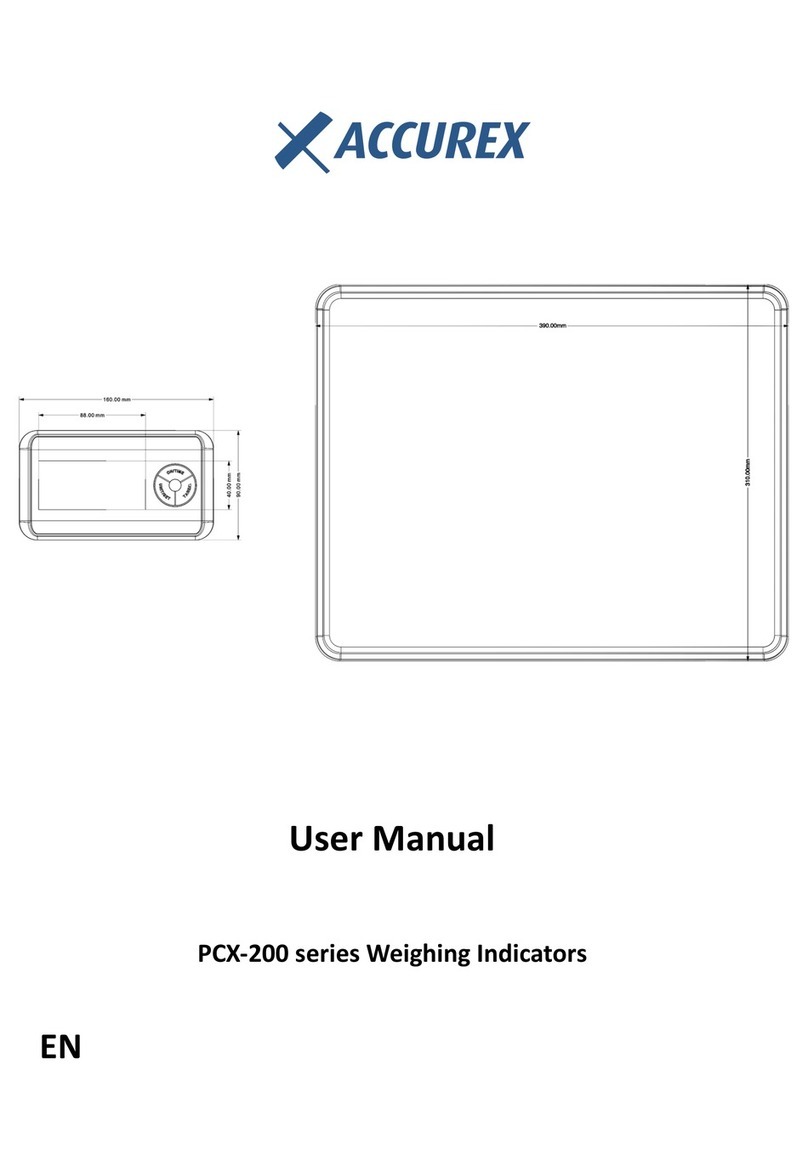
5
Component Descriptions
01� Renal Function Analysis Meter: Reads the test strips and displays the
concentrations of UA, CR, UR.
02� Test Strips: Part of the system, these are inserted into the meter to measure
the concentrations of Uric Acid (UA), Creatinine (CR) and Urea (UR).
03� Optical Verify Strip: Veries the proper operation of the meter by checking
that the meter can detect a pre-calibrated value.
04� Safety Lancets: Used to draw blood specimens. Discard after use.
05� Code Chip: Automatically calibrates the meter with the code number when
inserted into the meter.
06� Lancing Device: Used with sterile lancets to prick the fingertip for blood
specimen collection. The packaged lancing device has multiple depth settings,
allowing users to adjust the depth of the puncture and minimize discomfort. It
can also eject the used lancets.
07� Sterile Lancets: Used with the lancing device to draw blood specimens for
individual test. Sterile lancets are inserted into the lancing device for each
blood draw and discarded after use.
08� Capillary Transfer Tubes/Droppers: Collects capillary blood from fingertip
blood testing for accurate results.
09� Carrying Case: Provides portability for testing.
10� Instructions For Use: Provides detailed instructions on using the Renal
Function Analysis Meter.
11� Test Strips Package Insert: Provides detailed instructions on using the Renal
Function test strips.
12� Control Solution: Verifies the proper operation of testing and validates the
test strip and meter are working together properly.
13� Control Solution Package Insert: Provides detailed instructions on how to
RFM-101 insert 20191125.indd 5 2019/11/27 10:41:58





























